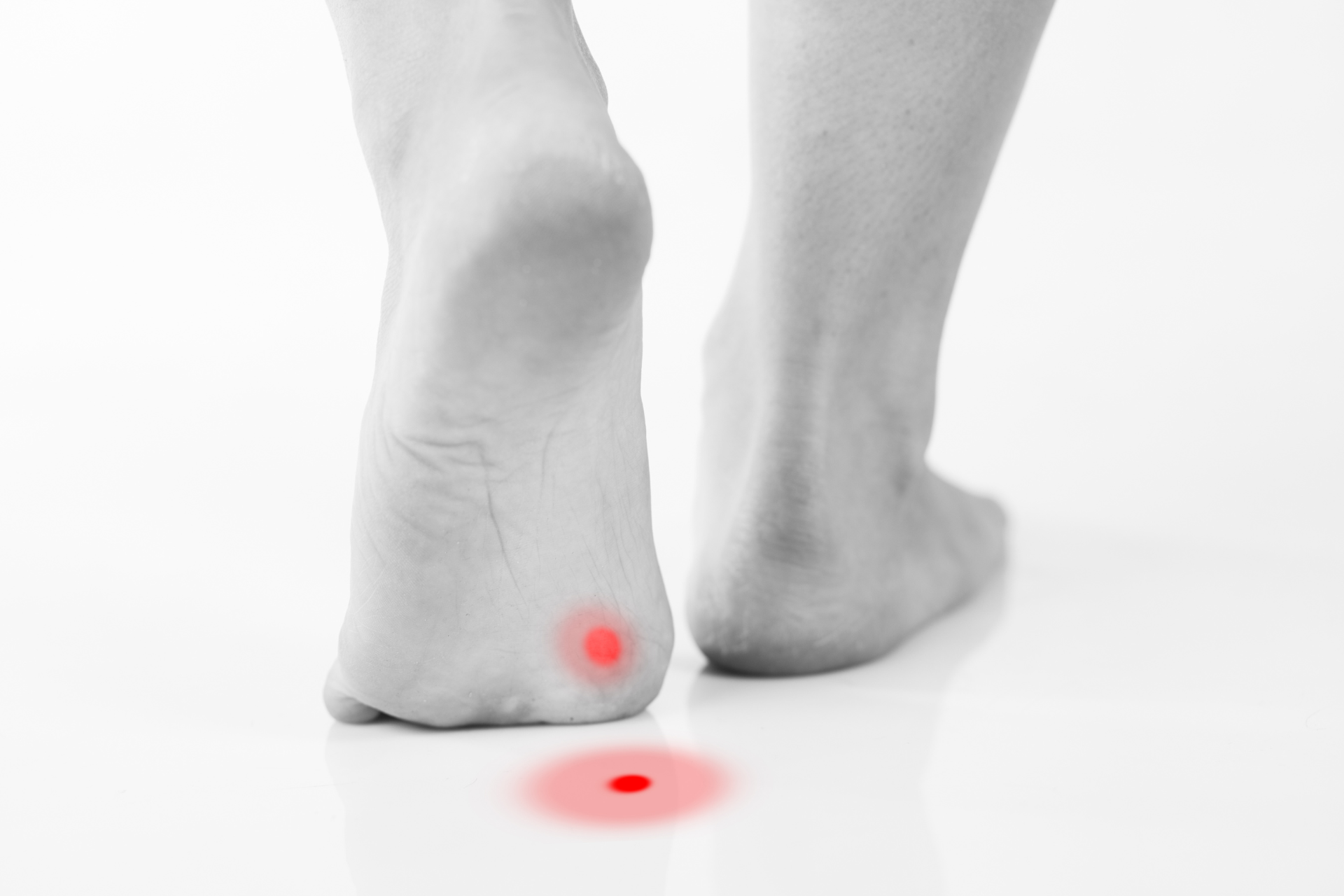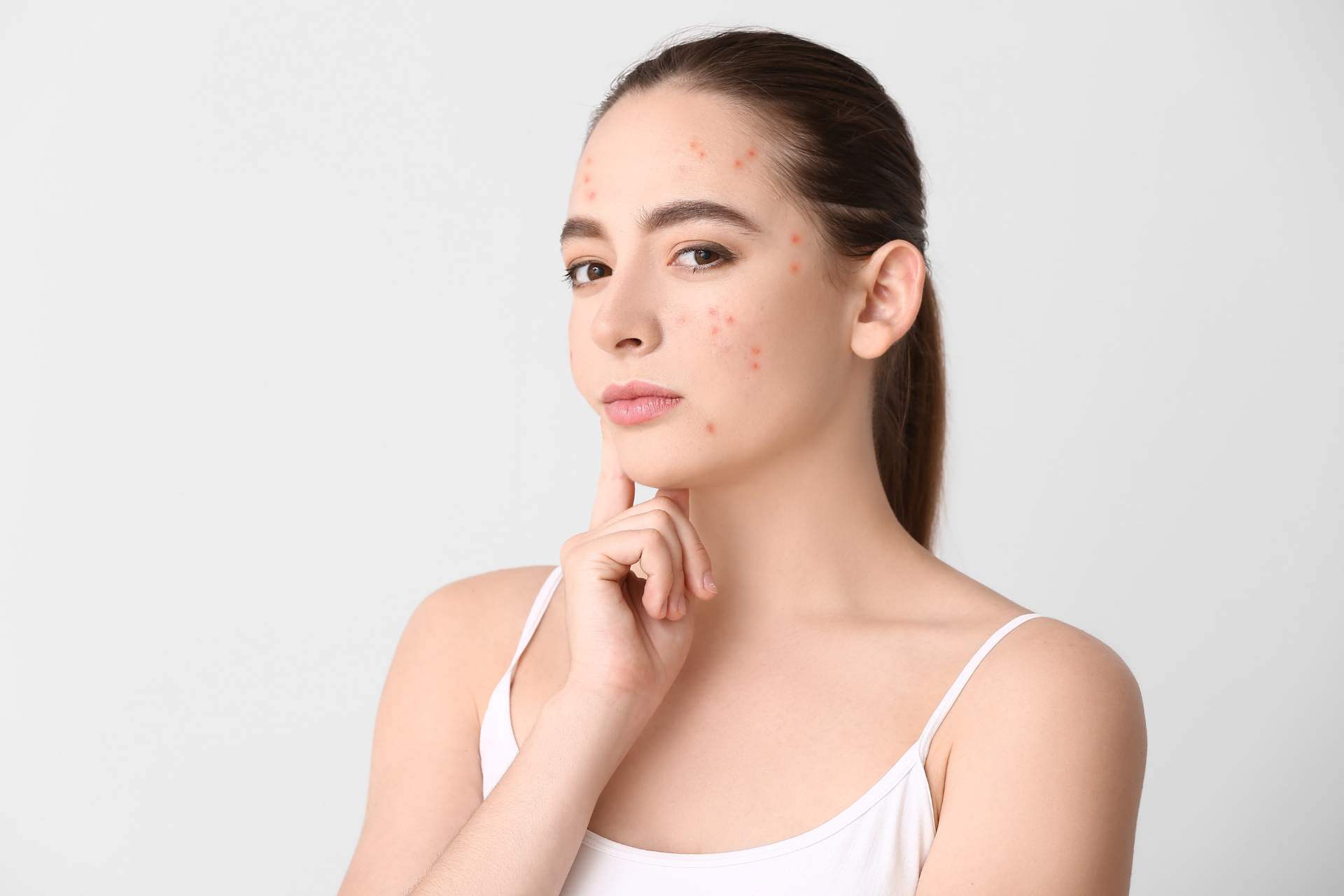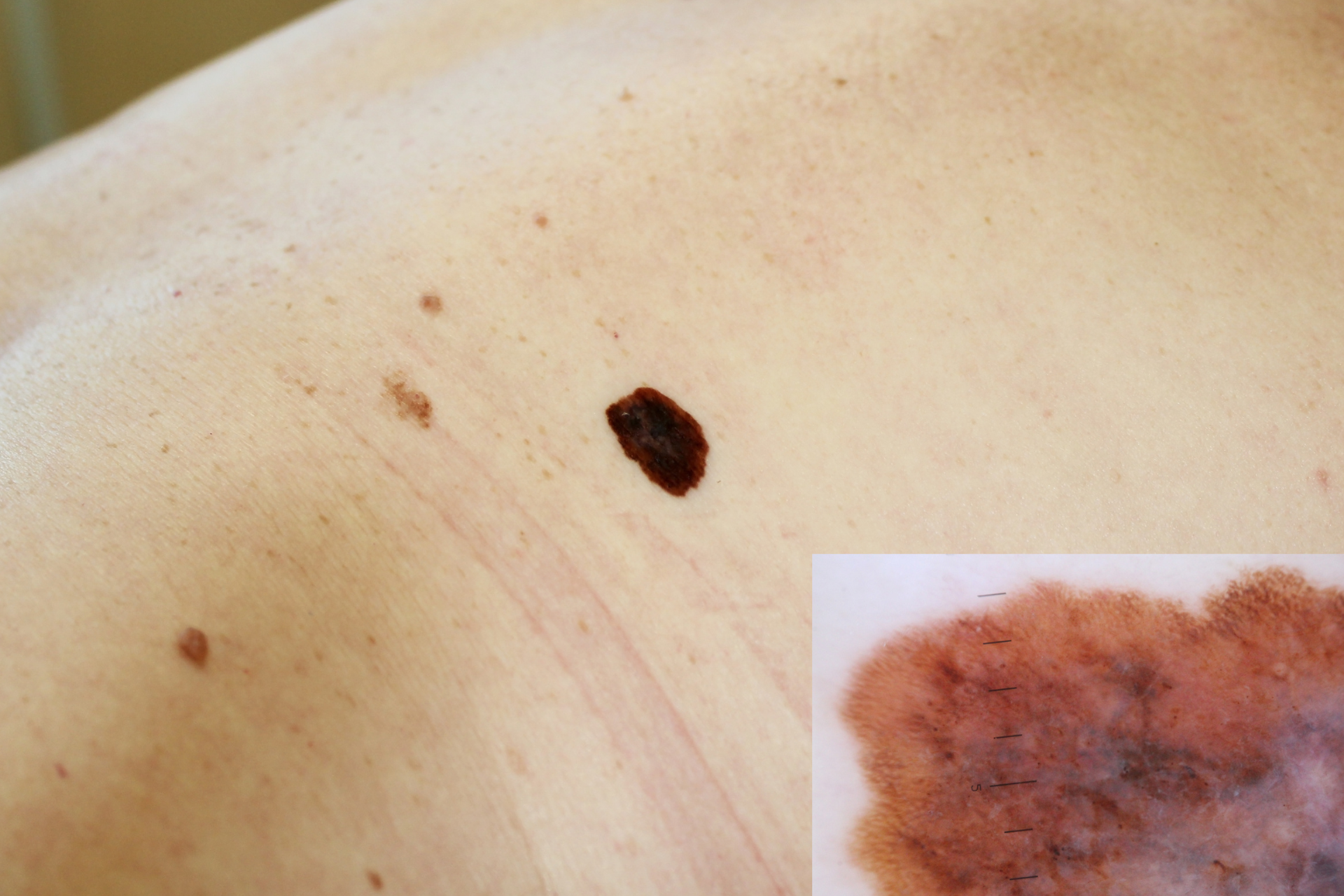Mole Check 101: How to Know If Your Moles Are Safe

At Fall Creek Skin and Health Clinic, we prioritize your skin health. Moles are common skin features that can often be a source of concern, especially when it comes to skin cancer. Understanding how to monitor your moles for any changes is vital for early detection and peace of mind. In this guide, we’ll cover the key aspects of mole safety and what you should look out for during your self-examinations.
What Is a Mole?
Moles, or nevi, are growths on the skin that are formed by clusters of pigment-producing cells called melanocytes. While most moles are harmless, some can develop into melanoma, a serious form of skin cancer. It’s essential to be proactive in monitoring your moles to detect any changes early.
The ABCDE Rule
To help identify potentially problematic moles, dermatologists often use the ABCDE rule. This acronym stands for:
- A - Asymmetry
If you draw a line through the mole and the two halves don’t match, it may be a sign of concern.
- B - Border
Moles with irregular, scalloped, or poorly defined edges should be evaluated.
- C - Color
A mole that has multiple colors or uneven shading may be atypical.
- D - Diameter
Moles larger than a pencil eraser (about 6mm or ¼ inch) warrant attention.
- E - Evolving
Any changes in size, shape, color, or elevation of a mole over time are crucial indicators that it may need further investigation.
What to Look For
When checking your moles, take note of the following additional factors that may indicate a problematic mole:
- Itching or Pain
If a mole becomes itchy, painful, or tender to the touch, it’s time to consult a healthcare professional.
- Bleeding or Oozing
Moles that bleed, ooze, or crust over can be a cause for concern and should be examined.
- New Moles
If you develop new moles after the age of 30, they should be evaluated by a healthcare provider.
How to Perform a Self-Examination
Regular self-examinations are critical. Aim to check your skin, including moles, at least once a month. Here’s a simple method to guide you:
1. Use a Full-Length Mirror
Stand in front of a full-length mirror and inspect your body carefully, using a hand mirror for hard-to-see areas such as your back and scalp.
2. Check Each Mole
Use the ABCDE rule to assess each mole you find. Take photos for comparison if you notice any changes over time.
3. Seek Professional Evaluation
If you identify any questionable moles, schedule an appointment at Fall Creek Skin and Health Clinic. Our experienced team can offer personalized care and perform necessary evaluations.
When to See a Doctor
If you notice any concerning changes in your moles or experience any skin abnormalities, don’t hesitate to consult with us. Early detection is key to successful treatment, and our team is here to provide you with affordable and comprehensive skin care.
Conclusion
Understanding your moles is crucial for maintaining your skin health. By utilizing the ABCDE rule and incorporating regular self-examinations into your routine, you can take proactive steps in monitoring your skin. At Fall Creek Skin and Health Clinic, we are dedicated to providing you with the care you need for both skin-related issues and general health concerns. Remember, your skin deserves attention, so make that appointment today!




